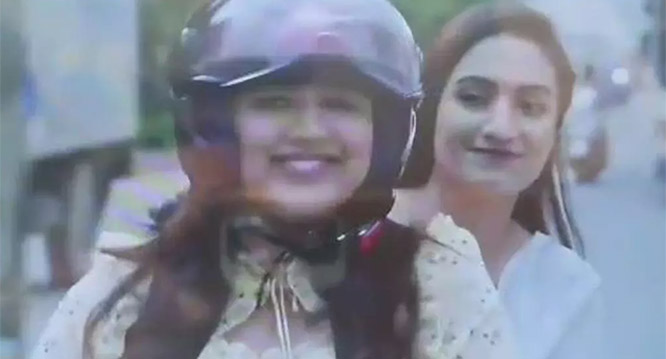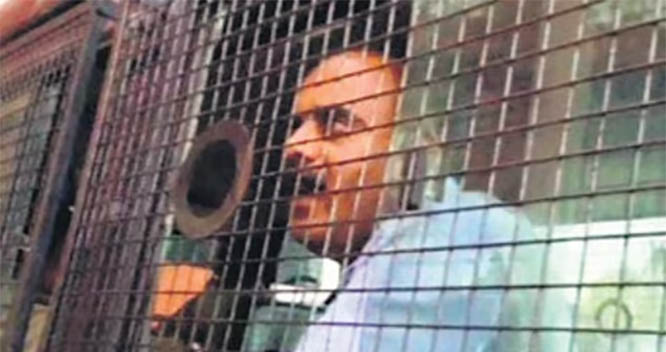Diwali or Deepavali, the festival of lights, sees millions attend firework displays, prayers and celebratory events across the world every autumn. Celebrated by Hindus, Sikhs and Jains for a variety of reasons, the main theme is the triumph of light over darkness and good over evil.
Also known as Deepavali, a Sanskrit word meaning “rows of lighted lamps”, it is one of the most popular Hindu festivals celebrated across South Asia. But it is also celebrated by Jains and Sikhs.
It sees millions of earthenware oil lamps, called diyas, light up people’s homes, shops, public spaces and places of worship as part of celebrations which marks the start of the Hindu new year.
Diwali is celebrated every year on the 15th day of Kartika. The celebrations last for five days. The night before Diwali, people clean and decorate their homes and offices. On Diwali night, people dress up in new clothes, light diyas and pray to goddess Lakshmi — the goddess of fertility and prosperity.
Why this celebration?
The mythical stories around Diwali vary regionally and within the traditions of Hinduism. It is believed to be the festival after the summer harvest in the month of Kartika. It is also associated with the legend of Yama and Nachiketa on Kartika Amavasya (Diwali night). The Nachiketa story — about right versus wrong, true wealth versus transient wealth, knowledge versus ignorance — is noted in the Katha Upanishad that was composed in 1st millennium BC.
In North India, Diwali is celebrated as the day when Lord Rama returned from his 14-year exile after defeating Ravana. People of Ayodhya light candles and diyas to celebrate his return to the kingdom. According to another legend, Pandavas from the Mahabharata returned to their homeland after 13 years, and the day is celebrated to commemorate their return. In South India, it is celebrated as the day Lord Krishna defeated the demon Narakasura. There are still other theories associated with Deepavali, such as Lord Mahavira attaining enlightenment on this day, the rising of goddess Lakshmi from the sea and the birth of goddess Kali.
Five days
There is significant variation in regional practices and rituals. Prayers are offered to one or more deities, with the most common being Lakshmi — the goddess of wealth and prosperity. Each day of Diwali has its own story and legends.
The first day of Deepavali is known as Dhanteras, which means the coming of wealth and prosperity to the home. People buy utensils, silver or gold coins to signify the welcoming of wealth to their homes.
The second day, today, is known as Naraka Chaturdasi, which is a celebration of Lord Krishna defeating the demon Narakasura.
The third day is Amavasya, at which Goddess Lakshmi is worshipped, as she fulfills all wishes.
The fourth day is known as Bali Pratipada, to mark the day when Lord Vishnu defeated the demon king Bali in his Vamana avatar. A Govardhan puja is also held on this day to mark the defeat of the proud Indra by Lord Krishna.
The fifth day is known as Yama Dvitiya or Bhai Dooj, which is when the lord of death Yama visits his sister, Yami.
Apart from this, another prevalent tradition is the worshipping of cattle by farmers. According to farmers, cows are their primary source of wealth, which is why they treat cattle like god. In some parts of the country, cows are worshipped as goddess Lakshmi.
Diyas, Kartik lamps and Rangoli
There cannot be Deepavali without diyas. A diya is an oil lamp usually made of clay, with a cotton wick dipped in ghee or vegetable oils. It is lit in households celebrating Deepavali to shed light on darkness. Lighting lamps are of utmost significance in the month of Kartika. There is a tradition of offering akash deep (hanging lamps) during this month.
During Deepavali, people clean their homes and decorate the courtyards, walls and entrances with hangings, torans and colorful rangolis to welcome goddess Lakshmi.







Comments
Add new comment